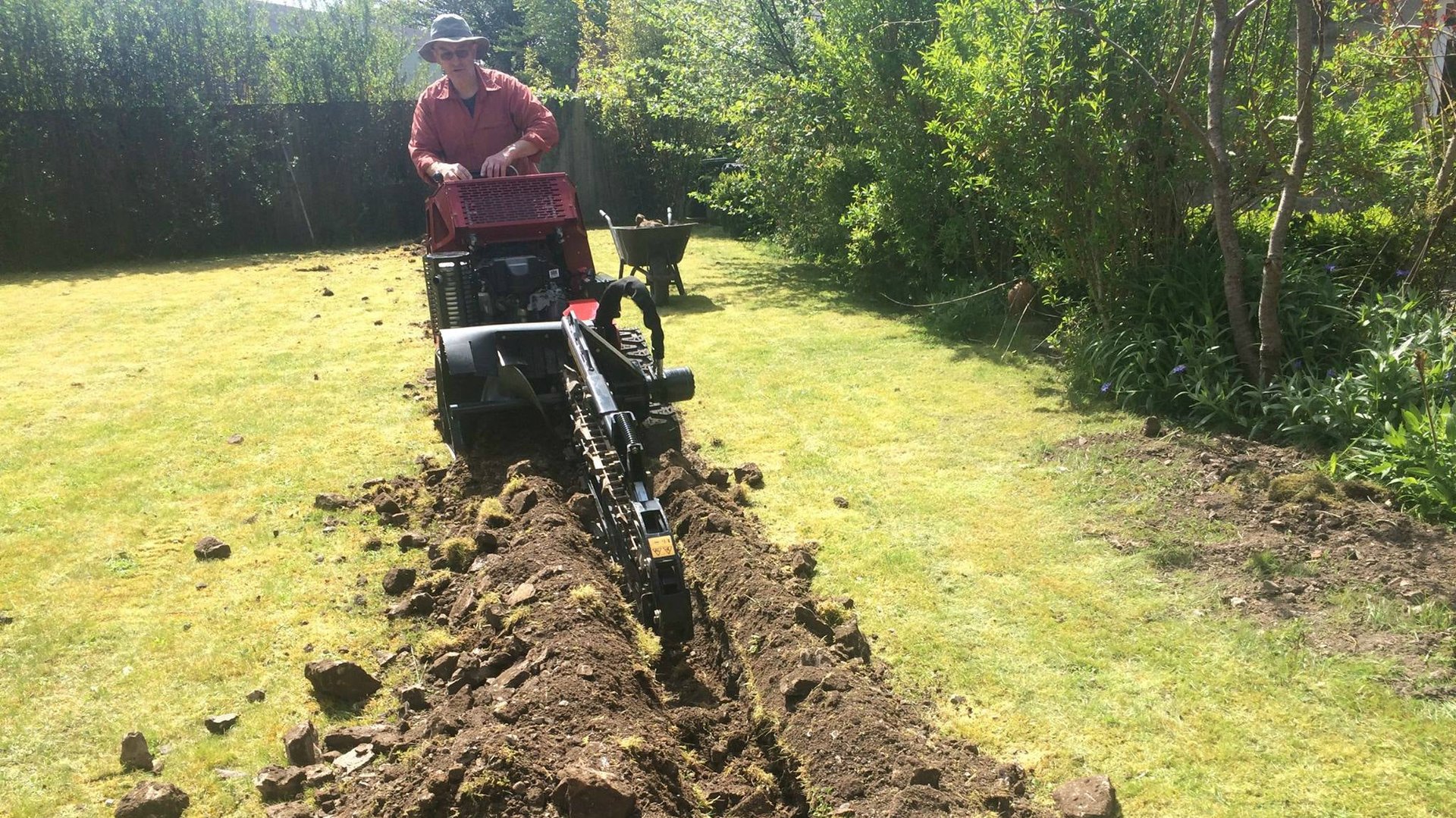British farmers built a DIY broadband network with tractors and 2000 miles of fiber optic cable
The internet has become indispensable in rural England.


The internet has become indispensable in rural England.
Farmers go online to access weather reports, check market prices, buy and sell goods, and find education and training resources. Last year, one industry measure estimated that nearly 80% of farms in the United Kingdom had access to the internet and 40% used the web daily. Having connectivity aids farmers in remotely tracking health issues in animals, as well as automating feeding and milking systems. Farmers also have to register online with the Department for Environment, Food and Rural Affairs after a calf is born in order for it to enter the food chain.
However, some farmers are still off the grid due to connectivity woes. For instance, in 2009, Chris Conder’s neighboring farm in Wray Village, Lancashire, could no longer access the internet provided by Lancaster University due to tall trees getting in the way of the wireless mast. As a fix, Conder pioneered a local DIY broadband service for the Lune Valley farm: She dug a trench with her tractor and laid down a kilometer of fiber optic cable to get them broadband service.
Conder, who says she has no real farming experience and describes herself as “a hairdresser and a farmer’s wife and grandmother to seven,” was among those who founded B4RN—Broadband for the Rural North, pronounced “barn”—in 2011 as a community initiative to bring self-installation fiber broadband to eight parishes. The ducts now run over 2,000 miles of cable, connecting nearly 40 parishes with internet speeds as high as 1 gigabit per second, well above the UK’s average 28.9 megabits per second.
Some of B4RN’s 14 paid staff members and volunteers lay down the ducting after getting farmers’ permission to access their land and use their diggers and tractors to dig the trench, after which a special machine “blows” the fiber through it. “We were motivated by the fact we had no internet access apart from shaky dial up and expensive satellites that didn’t work half the time,” Conder told Quartz.
The project is funded by locals through a cooperative model. Households pay a £150 ($183) connection fee, and monthly payments of £30 ($37)—larger businesses incur heftier bills. The service is free for places of worship, and small village schools get a discounted rate.
“We have spent about £4 million of our community’s money, invested in shares and loans, and now have assets worth over £40 million,” Conder claims. She estimates the cost of installation to be around £5 ($6) per meter to set up and adds that fiber is “very resilient” and requires far less upkeep than wifi or a copper network. She hopes to see B4RN turn a profit one day so the money can be funneled back into the community. Last year, Conder and retired Lancaster university lecturer Barry Forde, who leads B4RN’s efforts, were appointed to the Most Excellent Order of the British Empire by the Queen for their services.
“The main challenge [installing fiber optics] is bureaucracy; the government is not supportive, they all believe only the monopoly incumbent can deliver the service,” Conder said. So far, the B4RN model is successful because it operates in rural areas where you don’t have to navigate costs and permissions of digging through roads and such. Landowners are easier to convince with “gentleman’s agreement,” as Forde called it in an interview with Motherboard. They just need to be convinced about the benefits and know that no one will make a profit at their expense.